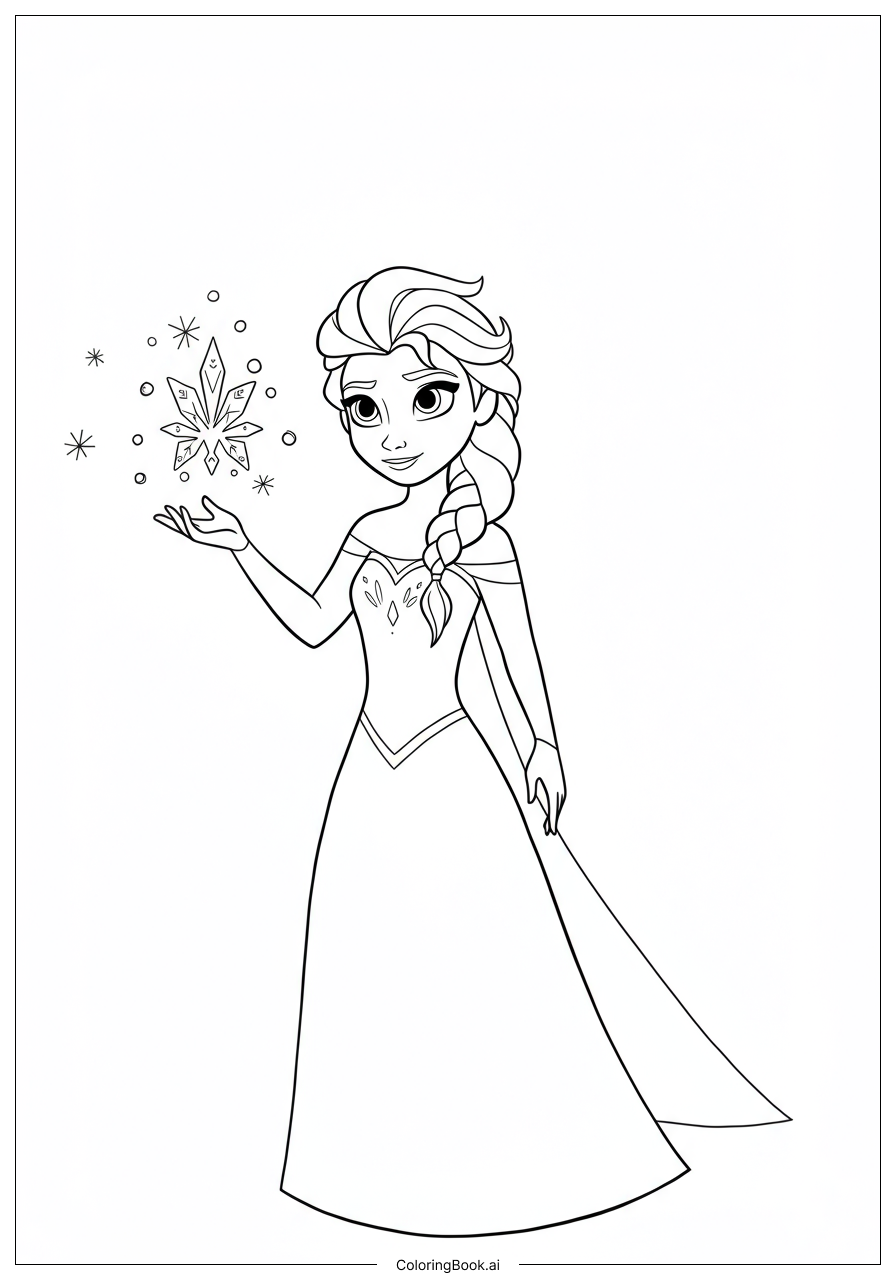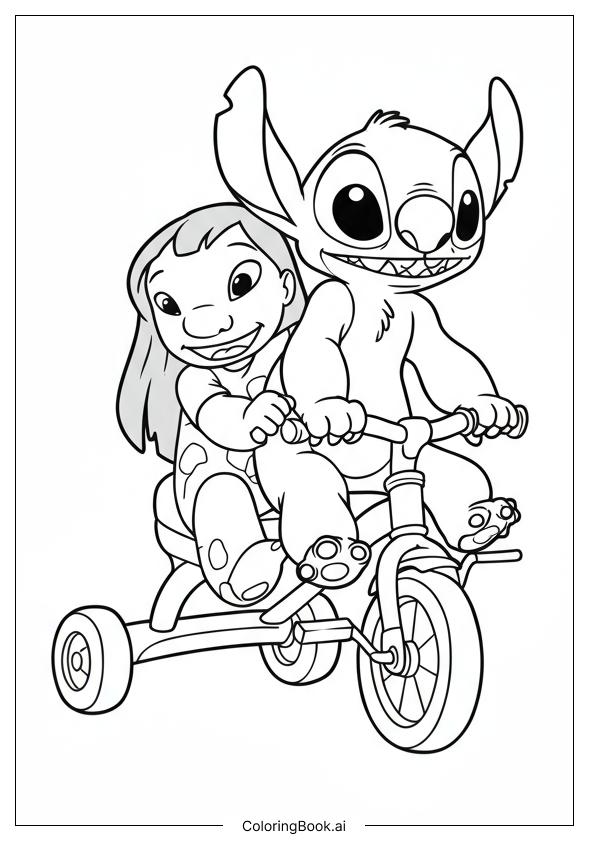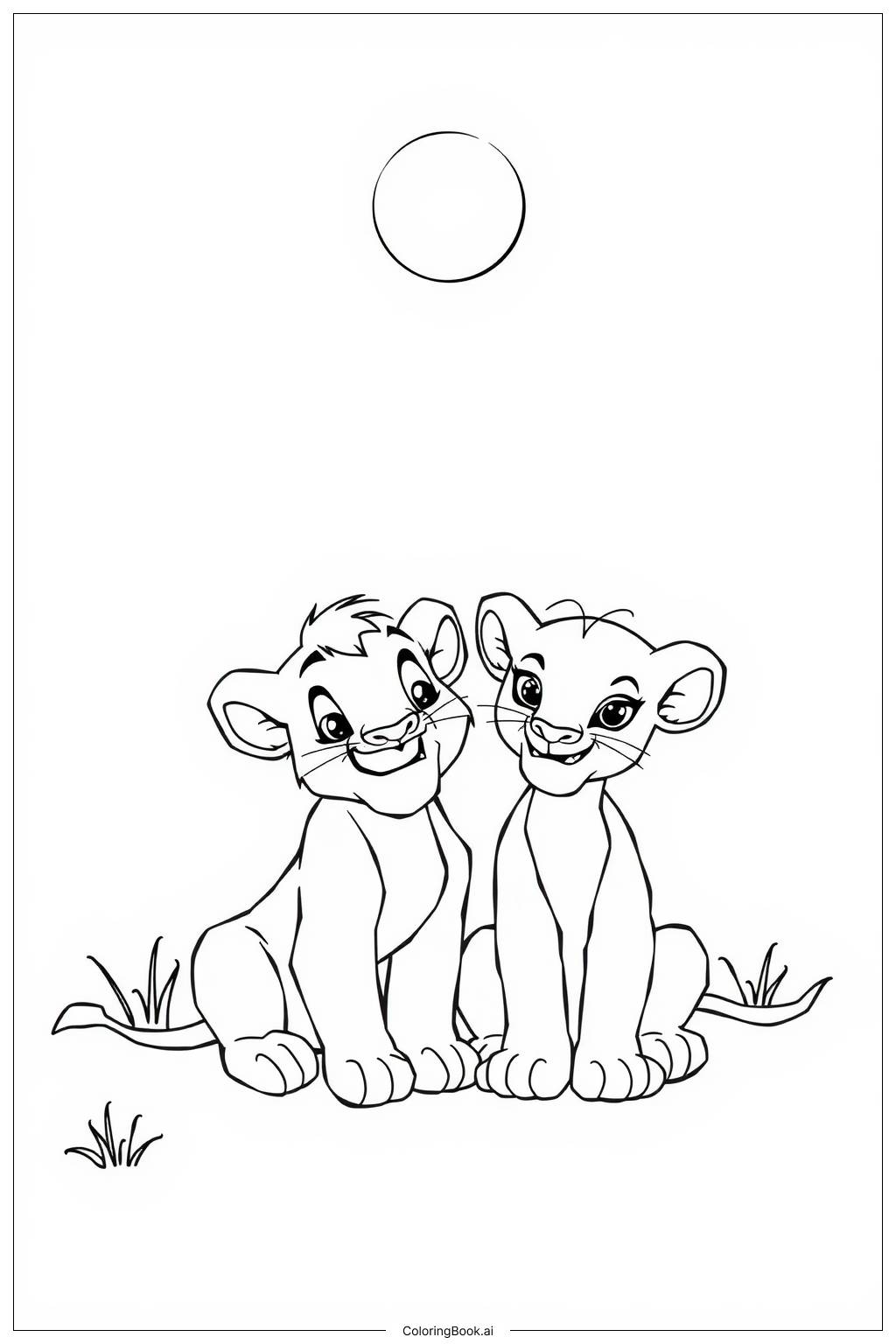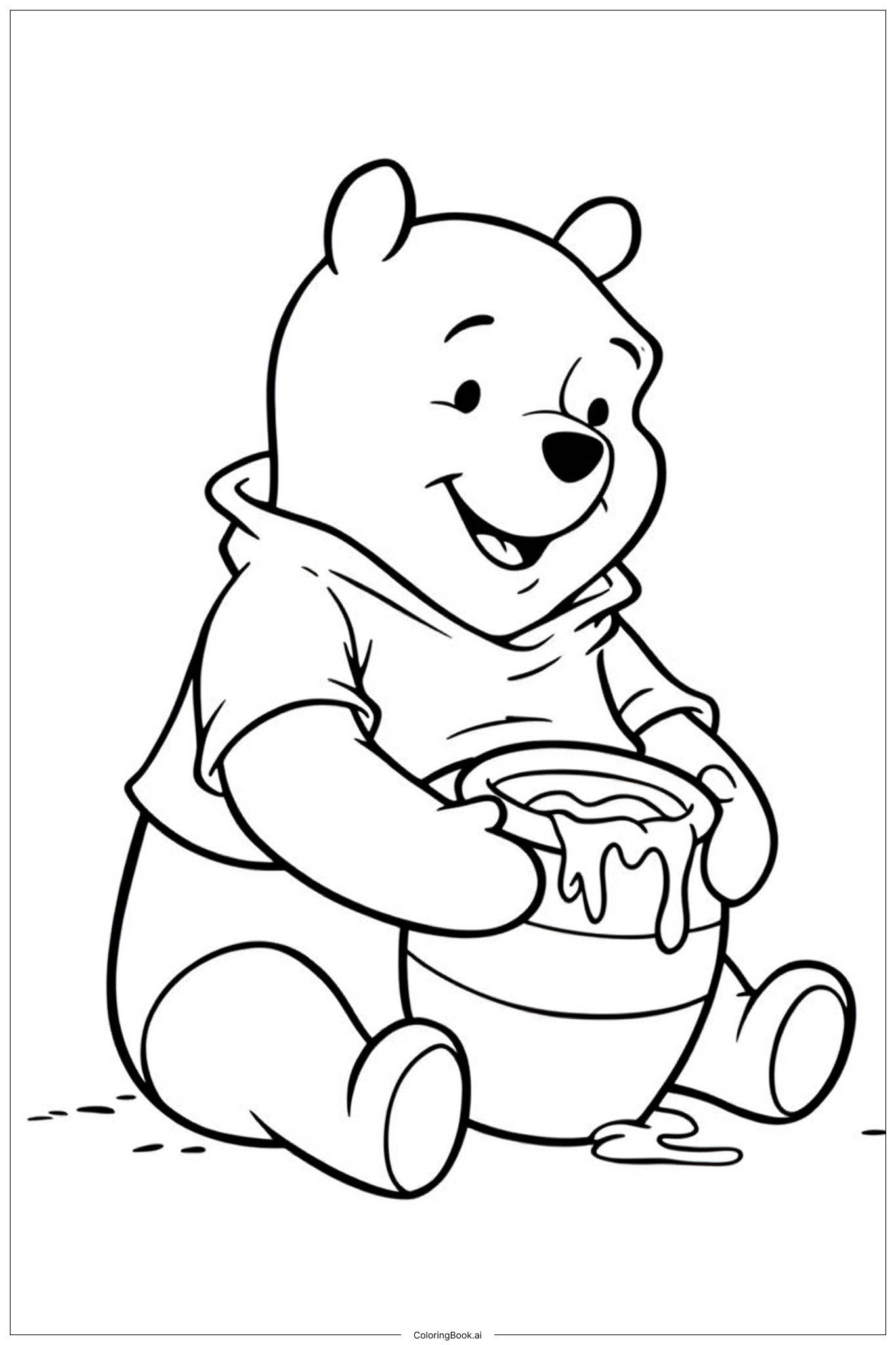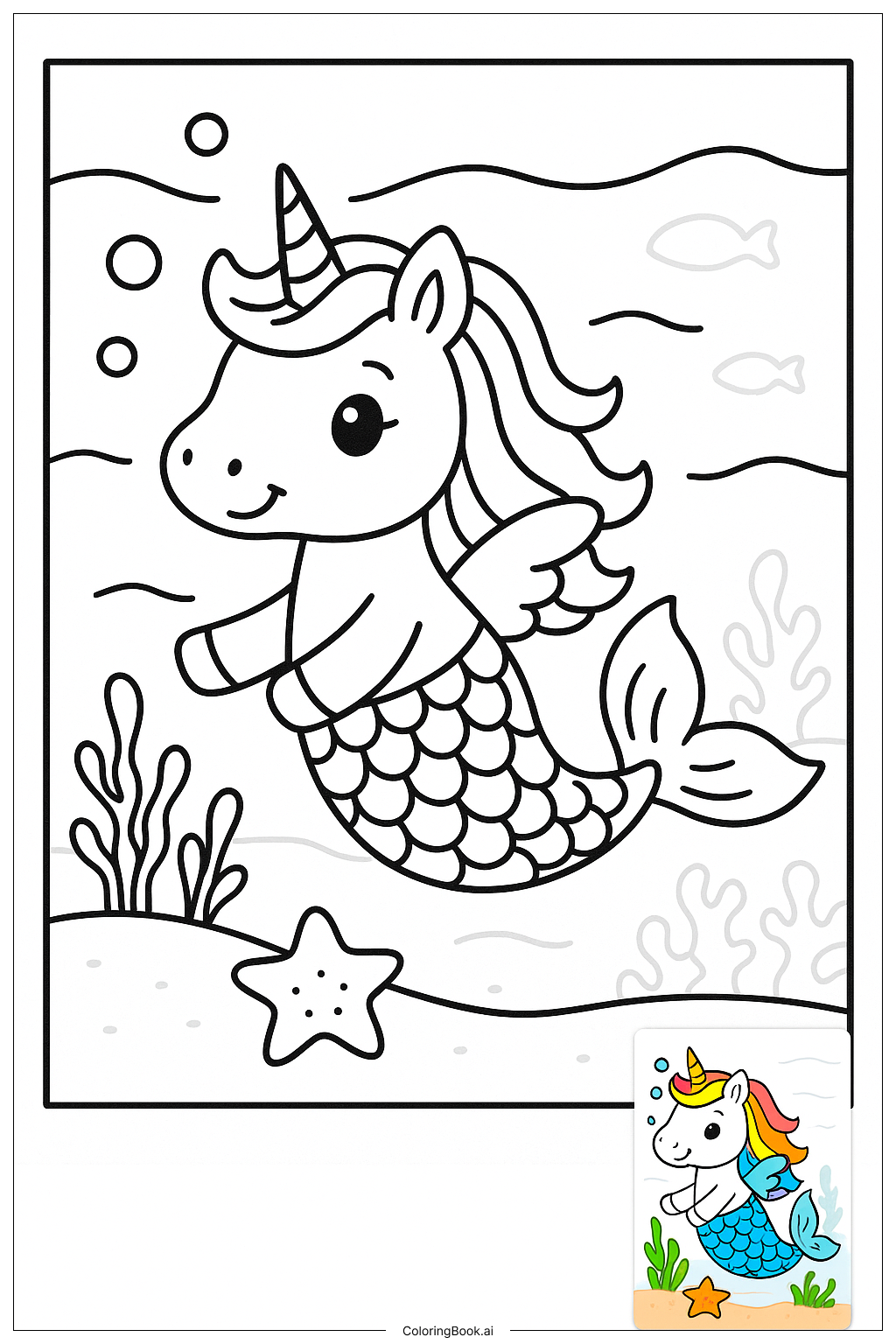Coloring tips: How to color Elsa Holding Glowing Ice Orb coloring page well?
For coloring Elsa, use pastel blue and white for her dress to capture the essence of ice and snow. You can add some light purple or silver for a magical touch. The ice orb in her hand can be colored in bright shades of blue and white, emphasizing its glow. Surrounding snowflakes can be varied in shades of light blue and silver to create depth. Use darker colors for the background to make Elsa stand out more. Encourage creativity by adding glitter or sparkly effects after coloring to make the image come to life!
Coloring challenges: Which parts are difficult to color and need attention for Elsa Holding Glowing Ice Orb coloring page?
1. Detailing in the Dress: Elsa’s gown has intricate designs and folds. Coloring these details can be tricky. Young artists should take their time to stay within the lines and choose colors that blend well. 2. The Ice Orb: The orb needs a gradient effect to show it glowing. This can be challenging as it requires blending colors smoothly. Children can practice by using lighter colors in the center and darker ones at the edges. 3. Snowflakes: The different sizes and shapes of the snowflakes may confuse color placement. It's important to decide how to color each one while maintaining consistency in the overall image. 4. Shading: Adding shadows to give depth to her features and dress is another challenge. Young artists should learn to use lighter and darker shades appropriately. 5. Blending Colors: Achieving a smooth transition between colors, particularly in the orb and dress folds, can be difficult without practice. Young artists can experiment with blending techniques, such as using colored pencils or markers.
Benefits of coloring books: Advantages of drawing Elsa Holding Glowing Ice Orb coloring page
Coloring this Elsa page offers numerous benefits. First, it boosts creativity. Children can express their imagination by choosing colors and adding their personal touch to Elsa’s magic. Second, it enhances fine motor skills. Holding crayons or colored pencils helps improve grip and control, essential for young artists. Third, coloring can be therapeutic. It allows kids to relax and focus, relieving stress and anxiety. Fourth, it promotes patience and concentration as children work on details and blending colors. Lastly, coloring can enhance their understanding of colors and art concepts, paving the way for further artistic exploration.
